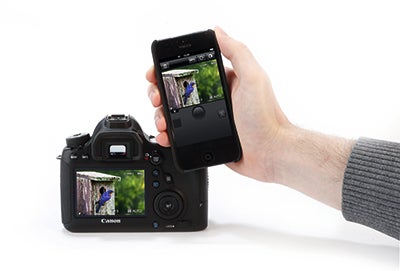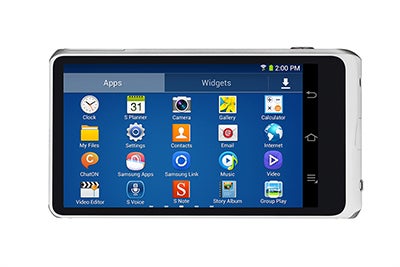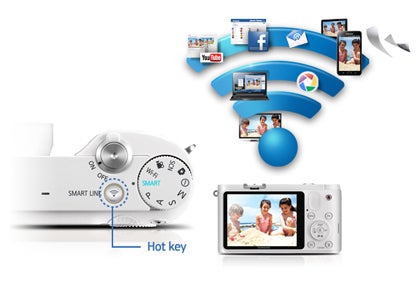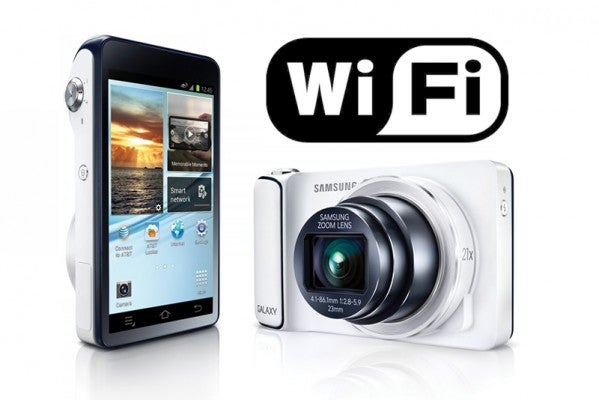Essential Guide to Wi-fi – On The Go
Using Wi-fi away from home

Wi-fi, ‘smart’, or even ‘connected’ cameras as they are sometimes called offer a range of benefits over their non-connected siblings. In terms of pure convenience though the biggest practical advantage offered by connected cameras is that they allow you to instantly communicate your images when you’re out of range of your computer or home wireless network.
This is possible because the Wi-fi element of a connected camera can be used to turn the camera into a wireless access point, which in turn enables it to be connected to a smartphone or tablet. You’ll need to download and install a bespoke app on your mobile device beforehand, as this will allow it to communicate with your camera, however these are almost always available for free from the Apple App Store or Google Play.
For added security the connection between the two devices will usually be password protected too, usually via a code on the camera’s rear display that needs to be copied into your mobile device before the two devices will pair.
Once connected you can use the app to transfer single images or batches of images from your camera to your phone or tablet. From here you’re free to use them in the same way as any other images stored on your mobile device. This is the most basic set-up and is common to all Wi-fi cameras including the cheapest and most basic models on the market.

Pay a little more, however, and you may find that the camera comes with more advanced wireless connectivity features, for example the ability to connect directly to the internet without the need for a mobile device. As ever, it’s always worth researching the true extent of any camera’s connectivity prior to handing over any money. As we mentioned on the previous page, Wi-fi cameras are not all the same and some are much more richly featured than others.
Similarly, it’s also worth bearing in mind that the degree of functionality offered by the dedicated apps used to connect cameras to mobile devices varies quite a bit between the various manufacturers too. More advanced ones will offer additional features that can also be very useful in certain situations.
This includes the ability to control the camera remotely using your mobile device, giving you not only control over the shutter but also full access to primary shooting settings such as aperture and shutter speed.

Wireless transfer
Another useful feature offered by some wireless camera apps is the ability to transfer images on your camera via your mobile directly to popular social networking sites like Facebook and YouTube, or to photographic community sites like Flickr and Picasa, thereby cutting out the need to open multiple apps to upload a photo to a specific site.
Regardless of whether your camera allows you to access the web directly or via a mobile device you’ll ideally need to be within range of an open Wi-fi network or hotspot service to get online with. For this reason it’s worth checking with your broadband provider to see if there are any hotspot services you can access for free – BT broadband customers, for example, get unlimited access to BT Wi-fi, while SKY broadband customers get free access to The Cloud network.
Alternatively, if there’s no open Wi-fi network or hotspot that you can connect to then you could take advantage of your smartphone’s 3G/4G capabilities instead, although you do of course need to be mindful of any monthly data allowances imposed by your mobile provider, as things could otherwise get quite expensive.
Another useful feature offered by some manufacturers is the ability to back your images up to a secure cloud storage service direct from the camera.
This could prove worth its weight in gold should you be carrying important images and be unfortunate enough to accidentally lose or damage your memory card before you’ve had a chance to make any back-ups. It’s not something that all manufacturers offer as standard yet, however we can see it becoming much more of a standard feature in the future given its usefulness.





